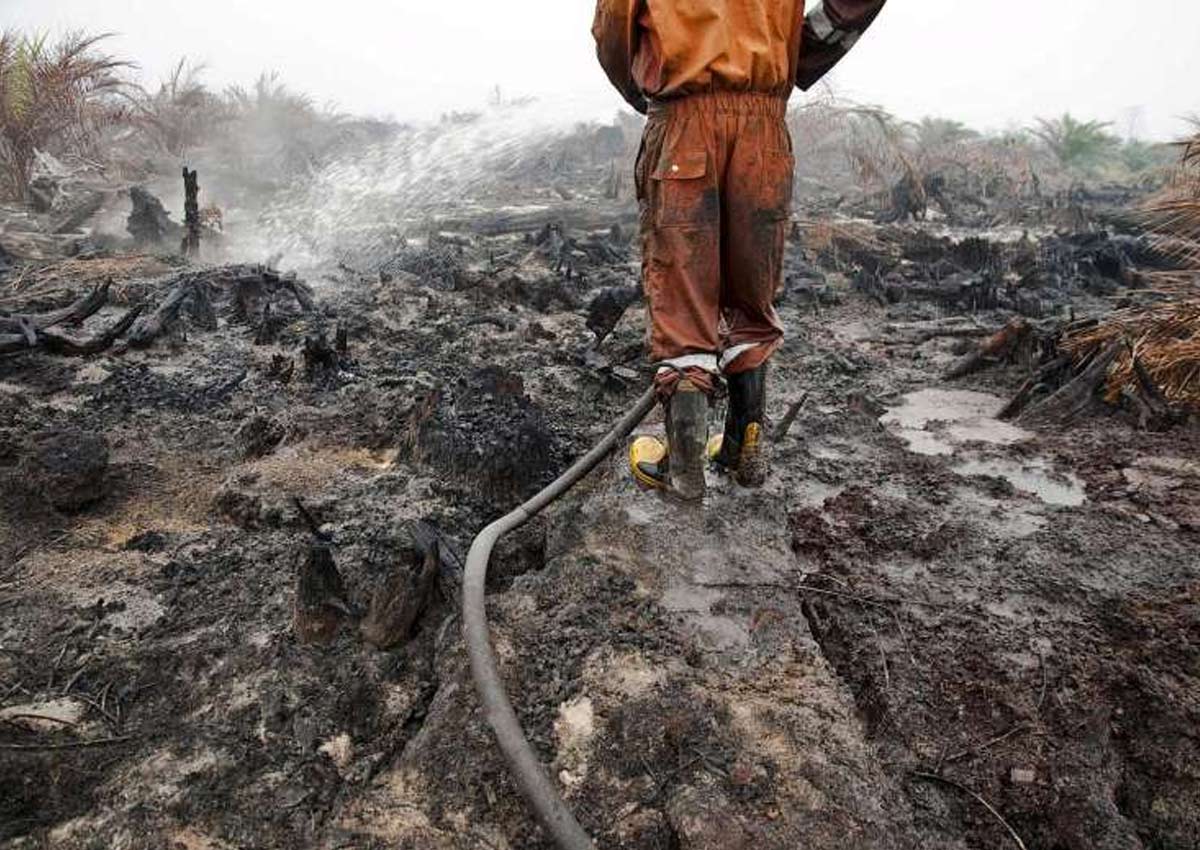Efforts by the authorities on Sumatra island to prevent and suppress land and forest fires early have kept the number of hot spots in Indonesia low so far this year.
Latest satellite data shows that despite temperatures rising and the dry season setting in – both precursors to the annual haze problem – only nine hot spots were detected in Sumatra last Friday (July 8).
This was down from the 49 picked up over the same areas last Wednesday, and substantially lower than the 245 recorded on July 3.
The ASEAN Specialised Meteorological Centre in its latest forecast last Friday evening indicated there were only isolated hot spots detected in parts of Sumatra.
Indonesia’s National Disaster Management Agency (BNPB) spokesman Sutopo Purwo Nugroho attributed the improvement to “better anticipation” of what causes the fires, and containing them early.
Water-bombing operations are under way and the Riau provincial government fire-fighting task force has been supplemented by officers from the Provincial Disaster Mitigation Agency, soldiers and policemen as well as other volunteer groups.
Dr Sutopo, quoted byJakarta Globe news, said yesterday that the few fires still burning were those in hard-to-reach areas.
As with previous years, forest fires were expected during Aidilfitri, according to the BNPB.
The outbreak of fires, however, did not affect local residents or wildlife in the area, said Dr Sutopo.
“There have been no reports of any impact on the community… and the air pollution standard index is still in a healthy level,” he added.
The rampant burning of land in Sumatra and Kalimantan last year produced thick smoke that led to one of the region’s worst transboundary haze crises, which affected millions in South-east Asia.
It was a year ago, between July 8 and 9, when reports of the toxic haze blanketing parts of Sumatra first hit the headlines.
Indonesian officials do not expect a repeat of the crisis this year, though that may be due more to favourable weather than progress in addressing the underlying causes of the blazes.

This article was first published on July 10, 2016.
Get a copy of The Straits Times or go to straitstimes.com for more stories.





